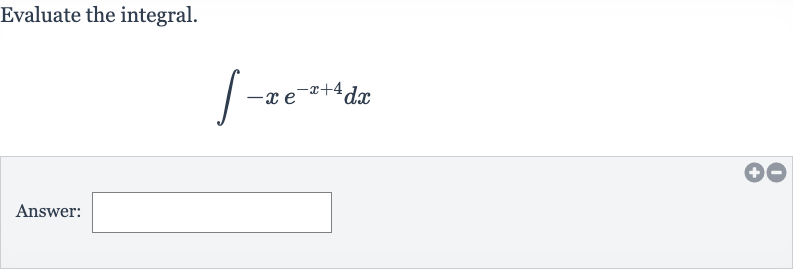AI tutor
Full solution
Q. Evaluate the integral.Answer:
- Recognize problem type: Recognize the integral as an integration by parts problem. Integration by parts formula is . Let and .
- Define and : Differentiate and integrate .
and .
To integrate , we need to find the antiderivative of . - Differentiate and integrate: Calculate the antiderivative of ..
- Calculate antiderivative: Apply the integration by parts formula..Substitute , , and into the formula.
- Apply integration by parts: Perform the substitution and simplify. . Simplify the expression.
- Perform substitution: Simplify the expression further.Now we need to integrate with respect to .
- Simplify expression: Integrate with respect to .
- Integrate : Substitute the integral back into the expression.
- Substitute integral back: Simplify the final expression and add the constant of integration. .
- Simplify final expression: Write the final answer.The integral of with respect to is .

